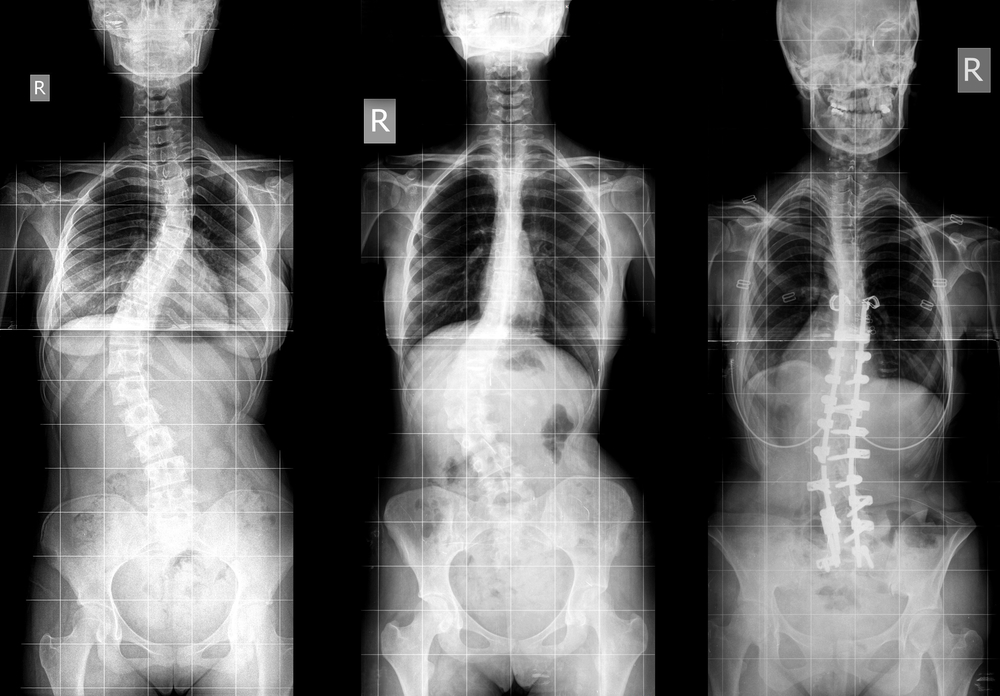Surgery Essential to Manage Scoliosis in Children, Study Says

Surgery is the only option to definitively manage scoliosis in children with cerebral palsy (CP), according to a recent review in the Journal of Spine Surgery. The study also detailed post-operative outcomes for the patients.
There is a strong link between having CP and developing scoliosis. The condition is estimated to occur in 21% to 64% of CP patients, according to “The Management Of Scoliosis In Children With Cerebral Palsy: A Review.” In children, scoliosis most often occurs between the ages of 10 and 18.
According to the authors, spasticity, muscle weakness, and poor muscle control contribute to spinal anomalies.
CP patients have two distinct types of scoliotic curves. Group-I involves double curves with a thoracic (middle back) and lumbar (lower back) component. These curves are most often seen in ambulatory patients with minimal pelvic obliquity (an abnormal pelvic tilt). Group-II involves single thoracic or lumbar curves that are more pronounced. They occur more frequently in quadriplegic patients, and almost all involve significant pelvic obliquity.
Hip contractures, leg-length discrepancy, or both may contribute to pelvic obliquity.
Children with CP and scoliosis can be treated by nonsurgical means, but studies suggest those measures only delay surgery.
“The aim of non-surgical management of scoliosis in CP is to improve sitting control and reduce or modify curve progression without the need for surgical intervention,” the researchers wrote. “There is a paucity of evidence for the use of modern bracing techniques. However, more recent studies suggest bracing improves sitting balance and trunk support, which provides better control of the head and neck as well as enhanced use of the upper limbs as they are not required to support the trunk in the sitting position.”
Intrathecal baclofen (ITB) pumps, which continuously deliver medication into the spinal fluid, have been shown to improve spasticity and pain, but it is not clear whether they can worsen scoliosis.
“Surgery remains the only option for the definitive management of scoliosis in CP,” the team wrote. “The aims of surgical correction include achieving a balanced spine, prevention of curve progression and improvement in functional quality of life.”
The authors noted that surgery should be carefully planned by a multi-disciplinary team and include a physical examination, and laboratory and imaging tests.
Post-operative complications involving the respiratory system frequently occur in children with CP, the team noted, as can implant complications and infections.
“The use of pre-operative non-invasive ventilation (NIV) training to strengthen respiratory muscles has shown promise in improving outcomes in patients with neuromuscular disease following spinal surgery,” the team wrote.
Studies have reported that parents and caregivers are typically satisfied with the results of surgery, with a majority willing to recommend it to others.
“Quality of life is perhaps the most important outcome measure in any postoperative CP patient. In a systematic review, the evidence suggests an improvement in postoperative quality of life in CP patients who underwent scoliosis surgery,” the authors wrote.


